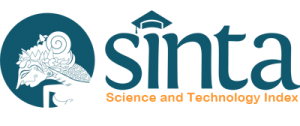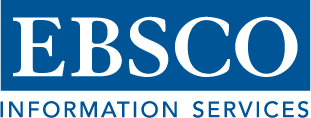Online Submissions
Already have a Username/Password for Jurnal Jaffray?
Go to Login
Need a Username/Password?
Go to Registration
Registration and login are required to submit items online and to check the status of current submissions.
Submission Preparation Checklist
As part of the submission process, authors are required to check off their submission's compliance with all of the following items, and submissions may be returned to authors that do not adhere to these guidelines.
- The articles to be submitted have not been previously published or have not been submitted to other journals for consideration. Documents submitted to our journals have not been submitted to other journals (double-publishing), or are temporarily in other journals for processing. Free of plagiarism and other forms of plagiarism. The author proves with a statement letter. Authors need to pay attention to these instructions properly.
- The submission file is in OpenOffice, Microsoft Word, RTF, or WordPerfect document file format.
- Where available, URLs for the references have been provided.
- The text adheres to the stylistic and bibliographic requirements outlined in the Author Guidelines, which is found in About the Journal.
- The author is committed to not pulling manuscripts during the "Awaiting Assign" process, and especially during the "Review" process to the "Publish" process. When withdrawing the manuscript, the author can no longer submit it to this journal.
- The author is advised to use the Mendeley or Zotero Reference as a standard for writing using Turabian footnotes. This section contains sources cited in the body of the article and does not contain sources that are not referenced in the body of the article; for this reason, it is recommended to use a Reference Management Software (RMS) application such as Mendeley, Zotero, Reffwork, Endnote or others. The writing format used is by Turabian Styles Edition format.
Copyright Notice
Copyright Notice
Every accepted manuscript must include a "Declaration And Copyright Terms" before publishing the article.
Privacy Statement
The name and e-mail address entered on the journal site will only be used for the purpose stated, it will not be misused for other purposes or for other parties.


















